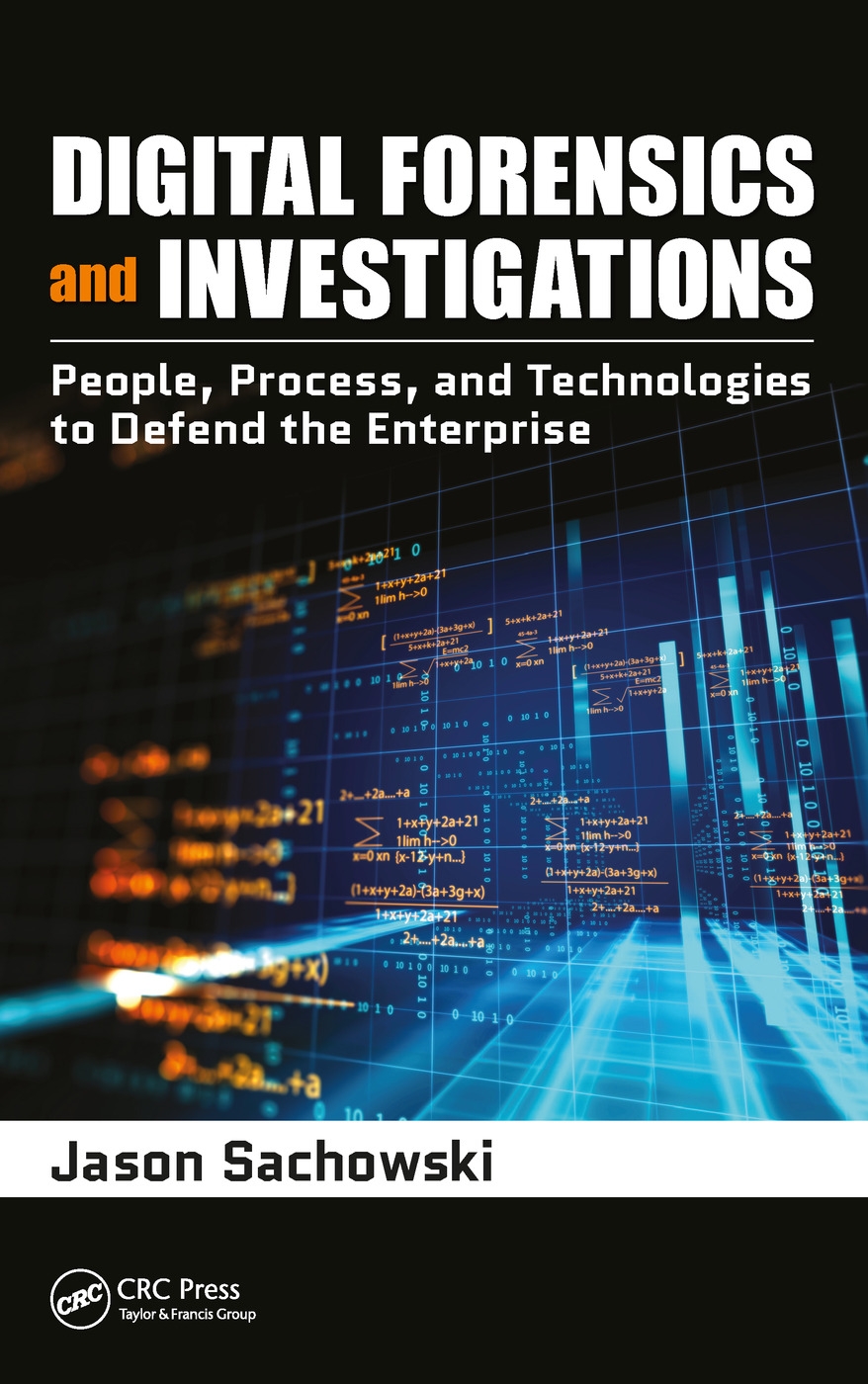Digital forensics has been a discipline of Information Security for decades now. Its principles, methodologies, and techniques have remained consistent despite the evolution of technology, and, ultimately, it and can be applied to any form of digital data. However, within a corporate environment, digital forensic professionals are particularly challenged. They must maintain the legal admissibility and forensic viability of digital evidence in support of a broad range of different business functions that include incident response, electronic discovery (ediscovery), and ensuring the controls and accountability of such information across networks.
Digital Forensics and Investigations: People, Process, and Technologies to Defend the Enterprise provides the methodologies and strategies necessary for these key business functions to seamlessly integrate digital forensic capabilities to guarantee the admissibility and integrity of digital evidence. In many books, the focus on digital evidence is primarily in the technical, software, and investigative elements, of which there are numerous publications. What tends to get overlooked are the people and process elements within the organization.
Taking a step back, the book outlines the importance of integrating and accounting for the people, process, and technology components of digital forensics. In essence, to establish a holistic paradigm—and best-practice procedure and policy approach—to defending the enterprise. This book serves as a roadmap for professionals to successfully integrate an organization’s people, process, and technology with other key business functions in an enterprise’s digital forensic capabilities.












